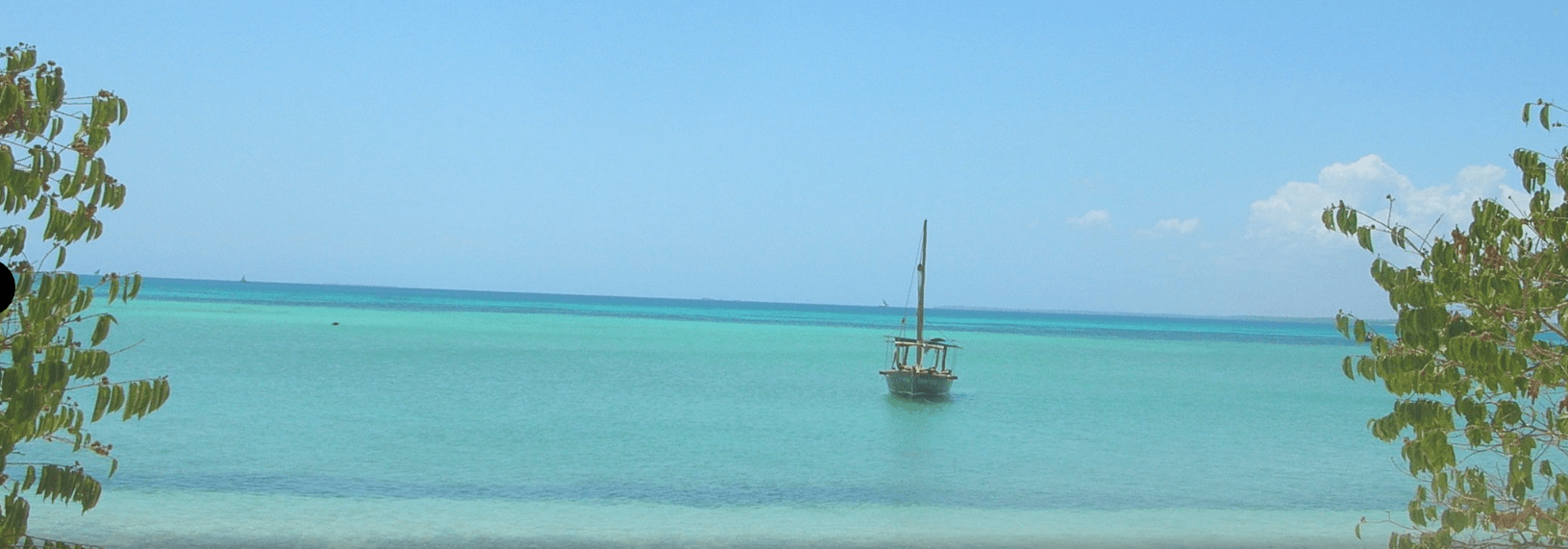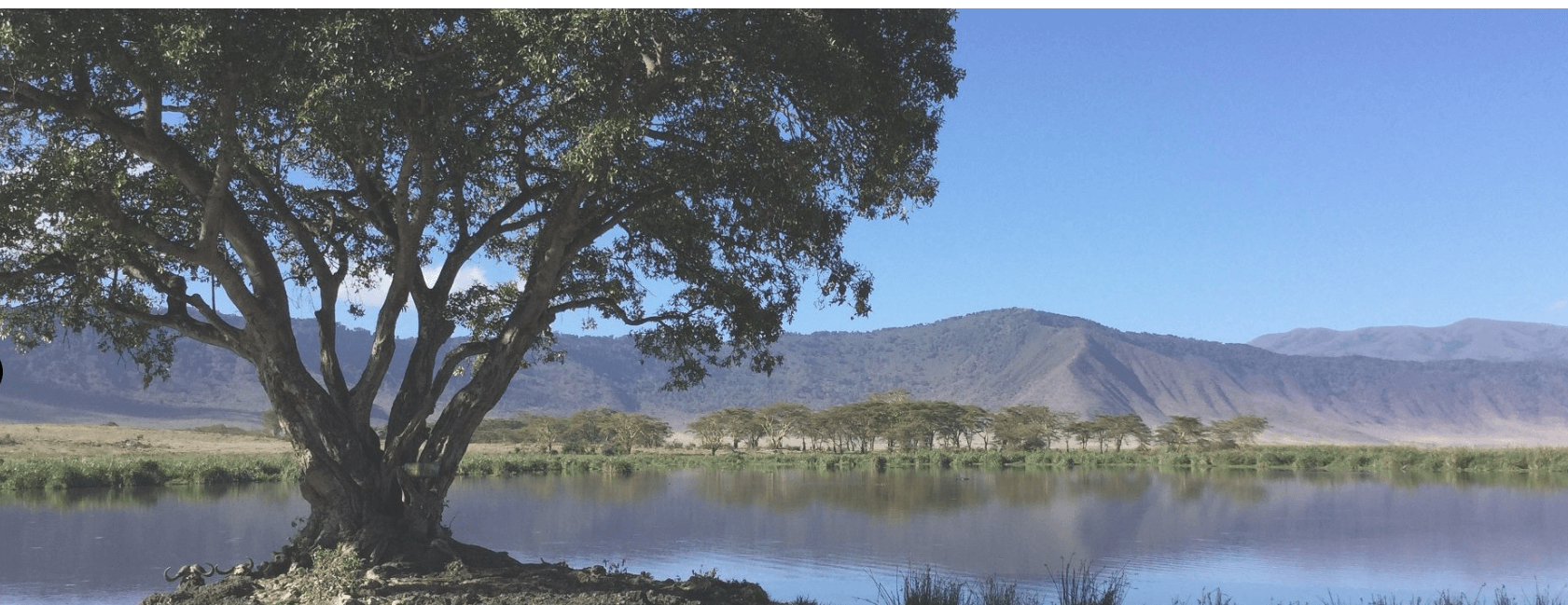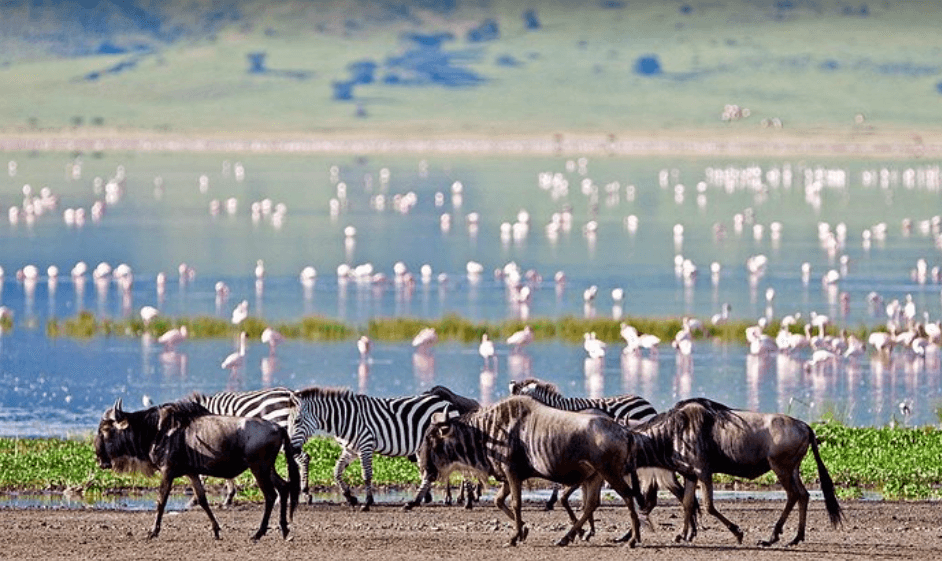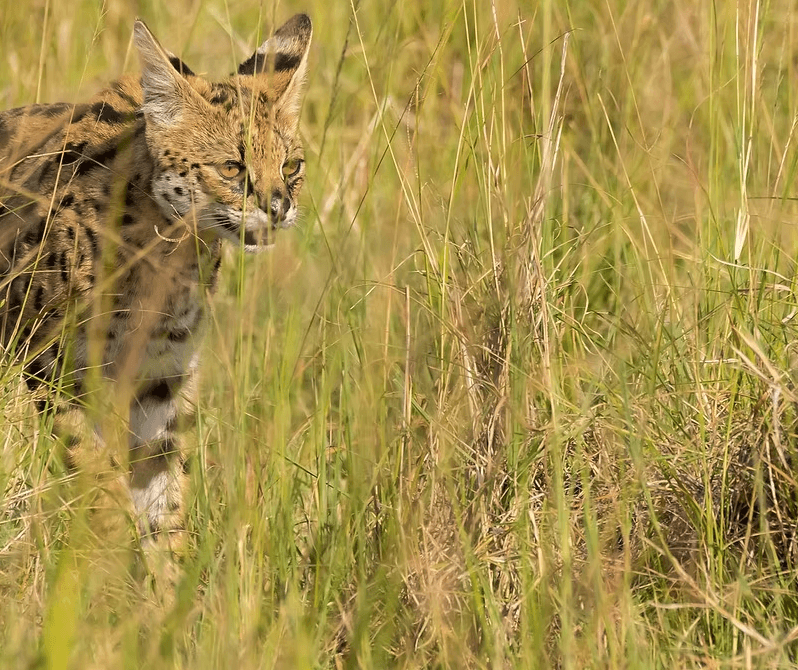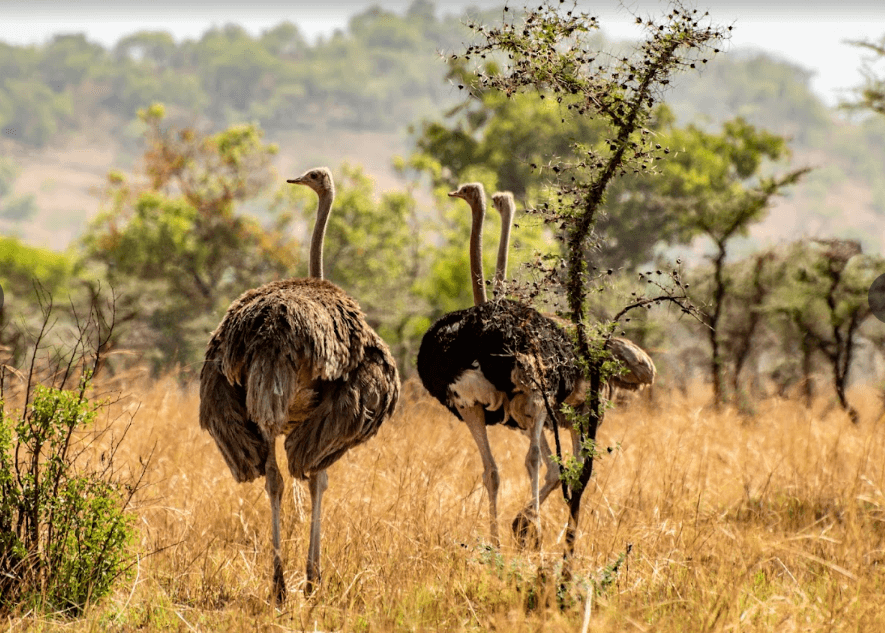Tshibati Waterfalls
Tshibati Waterfalls: Your Ultimate Travel Guide to a Hidden Gem in Congo
Tucked away in the lush landscapes of the Democratic Republic of Congo lies a spectacular secret: Tshibati Waterfalls. This serene and lesser-known destination is nestled within Kahuzi-Biega National Park, a UNESCO World Heritage Site. Known for its series of cascading waterfalls, Tshibati offers visitors a stunning blend of nature, adventure, and tranquility.
This complete travel guide will take you through everything you need to know about visiting Tshibati Waterfalls—from its background and how to get there to activities, attractions, accommodations, and FAQs.
If you’re looking to step off the beaten path, this natural marvel in Congo should be at the top of your bucket list.
Background and Overview of Tshibati Waterfalls
What Makes Tshibati Waterfalls So Special?
Tshibati Waterfalls is not just a single waterfall. It’s a network of seven cascading waterfalls nestled in the tropical montane forest of Kahuzi-Biega National Park. Each cascade is uniquely beautiful, flowing through dense vegetation and rocky outcrops.
These waterfalls aren’t just about stunning views. They’re a vital part of the local ecosystem and cultural heritage. With untouched forests, rare flora, and nearby wildlife, Tshibati Waterfalls offers a pure nature experience.
A Glimpse into Kahuzi-Biega National Park
Tshibati is located within Kahuzi-Biega National Park, one of Congo’s most biodiverse regions. The park is best known as home to the eastern lowland gorilla, the largest gorilla species in the world. The area is rich in biodiversity, with over 1,000 plant species, 136 mammal species, and 349 bird species.
The park itself is split into lowland and highland zones, and Tshibati Waterfalls lies in the highland sector, near Bukavu, the capital of South Kivu Province.
How to Get to Tshibati Waterfalls
Reaching Bukavu – The Gateway to Tshibati
To visit Tshibati Waterfalls, you’ll first need to reach Bukavu, a city located on the southern shore of Lake Kivu.
Getting to Bukavu:
-
By Air: Fly into Kavumu Airport, about 30 km from Bukavu. Domestic flights from Kinshasa or Goma are available.
-
By Road: Travelers from Rwanda can enter Congo via the Cyangugu–Bukavu border crossing.
-
By Boat: Ferry services run between Goma and Bukavu across Lake Kivu. This route offers scenic views and a unique travel experience.
From Bukavu to Kahuzi-Biega National Park
Once in Bukavu, getting to the park and Tshibati Waterfalls is relatively straightforward:
-
Distance from Bukavu to Tshibati Trailhead: Approximately 40 km (25 miles)
-
Travel Time: Around 1.5 to 2 hours by 4×4 vehicle
-
Transport Options: You can hire a local guide or join a tour group organized by licensed tour operators
Local guides are essential not just for safety but also for navigation and deeper insight into the park’s flora, fauna, and conservation efforts.
Tourist Attractions and Activities at Tshibati Waterfalls
Tshibati Waterfalls offers more than just a scenic photo opportunity. There’s something here for every type of traveler—from hikers and nature lovers to photographers and eco-tourists.
Hiking the Tshibati Waterfalls Trail
The main activity at the waterfalls is the Tshibati Waterfalls Hike. This guided trek takes you through lush rainforest terrain with a combination of steep paths, wooden steps, and rocky crossings.
Highlights of the Hike:
-
Seven Stunning Waterfalls: The hike includes access to all seven waterfalls, each more impressive than the last.
-
Wildlife Encounters: You may spot monkeys, birds, and even small antelopes along the trail.
-
Photography Spots: With towering trees, misty falls, and flowing streams, photo opportunities are endless.
Duration: 3 to 5 hours round-trip, depending on your pace and stops.
Difficulty: Moderate – Some parts are steep and slippery, so sturdy hiking shoes are recommended.
Gorilla Trekking (Add-On Activity)
Since Tshibati is within Kahuzi-Biega National Park, it’s the perfect opportunity to combine your waterfall adventure with a gorilla trekking experience.
Eastern lowland gorillas are unique to this region. Treks to see them can be arranged through the park authorities and typically last half a day.
Birdwatching and Nature Walks
Tshibati’s forest is a birdwatcher’s paradise. Look out for:
-
African green broadbills
-
Great blue turacos
-
Hornbills
-
Sunbirds
Guided nature walks can also be arranged for plant enthusiasts interested in the area’s unique vegetation.
Cultural Experiences
Don’t miss the chance to visit nearby Bashi and Lega communities. These indigenous groups offer visitors a glimpse into traditional Congolese life, crafts, music, and storytelling.
Where to Stay: Accommodations Near Tshibati Waterfalls
While there aren’t any hotels directly at the waterfall site, there are several lodging options in and around Bukavu and near the park entrance.
Top Recommended Lodges and Hotels
1. Orchid Safari Club – Bukavu
-
Luxury lakeside lodge with great views of Lake Kivu
-
Offers guided tours to Kahuzi-Biega and Tshibati Waterfalls
-
Modern amenities and gourmet dining
2. Hotel Horizon – Bukavu
-
Budget-friendly option with clean rooms and city access
-
Good choice for solo travelers or backpackers
3. Mount Kahuzi Hotel
-
Closer to the park entrance
-
Mid-range pricing, perfect for nature lovers and families
-
Offers basic comfort with excellent service
4. Lwiro Guesthouse
-
Located near the Lwiro Primate Rehabilitation Center
-
Great for travelers focused on conservation and wildlife
Tip: Book accommodations in advance during peak seasons (June–August and December).
Best Time to Visit Tshibati Waterfalls
The region’s tropical highland climate means it stays green and lush year-round, but some months are better for hiking and sightseeing.
Dry Season (Best Time to Visit)
-
June to August
-
December to February
Expect cooler temperatures, clearer skies, and better hiking conditions.
Wet Season (March to May and September to November)
The waterfalls are at their most powerful, but trails can be slippery. It’s less crowded, though, which some travelers may prefer.
FAQ About Tshibati Waterfalls
Do I need a guide to hike to Tshibati Waterfalls?
Yes, a local guide is mandatory for safety and navigation. They also provide valuable information about flora, fauna, and history.
Can I see gorillas near Tshibati?
Yes! Kahuzi-Biega National Park offers eastern lowland gorilla trekking. It’s a separate activity but can easily be combined with a visit to Tshibati.
How long is the Tshibati hike?
The hike takes around 3 to 5 hours round-trip, depending on your pace and how many waterfalls you visit.
Is photography allowed?
Yes. You’re free to take photos, but always respect nature and follow your guide’s instructions.
What should I pack for the trip?
-
Sturdy hiking boots
-
Waterproof jacket
-
Reusable water bottle
-
Sunscreen and insect repellent
-
Camera or smartphone
-
Small daypack for personal items
Is there internet access near Tshibati?
Connectivity is limited near the waterfall and park. However, most hotels in Bukavu offer Wi-Fi.
Do I need a permit?
Yes. Park entry and hiking permits are required. These can be arranged through the Kahuzi-Biega National Park office or licensed tour operators.
Final Thoughts: Why Tshibati Waterfalls Should Be on Your Travel List
Tshibati Waterfalls offers more than just scenic beauty—it provides a rare chance to explore one of Africa’s most unspoiled natural destinations. From the mist of cascading water to the calls of tropical birds, the experience is raw, immersive, and unforgettable.
Whether you’re an adventurer, photographer, or cultural explorer, Tshibati has something for you. And when you pair it with a gorilla trek or a visit to Lake Kivu, you get the complete Congo adventure.
So pack your bags and get ready to uncover this hidden treasure in the heart of Africa.

